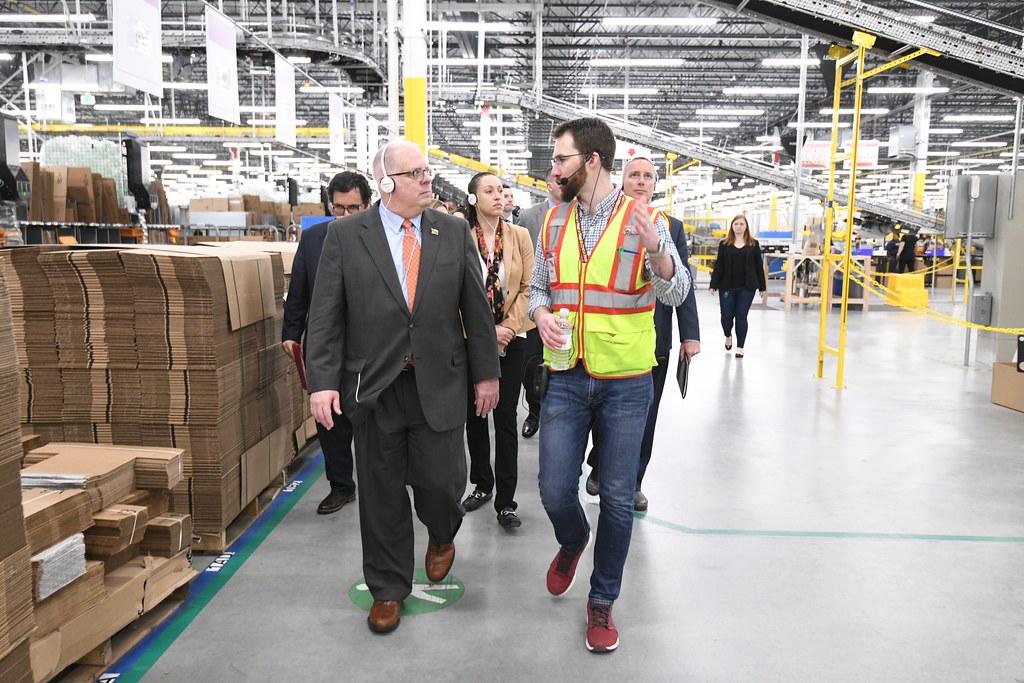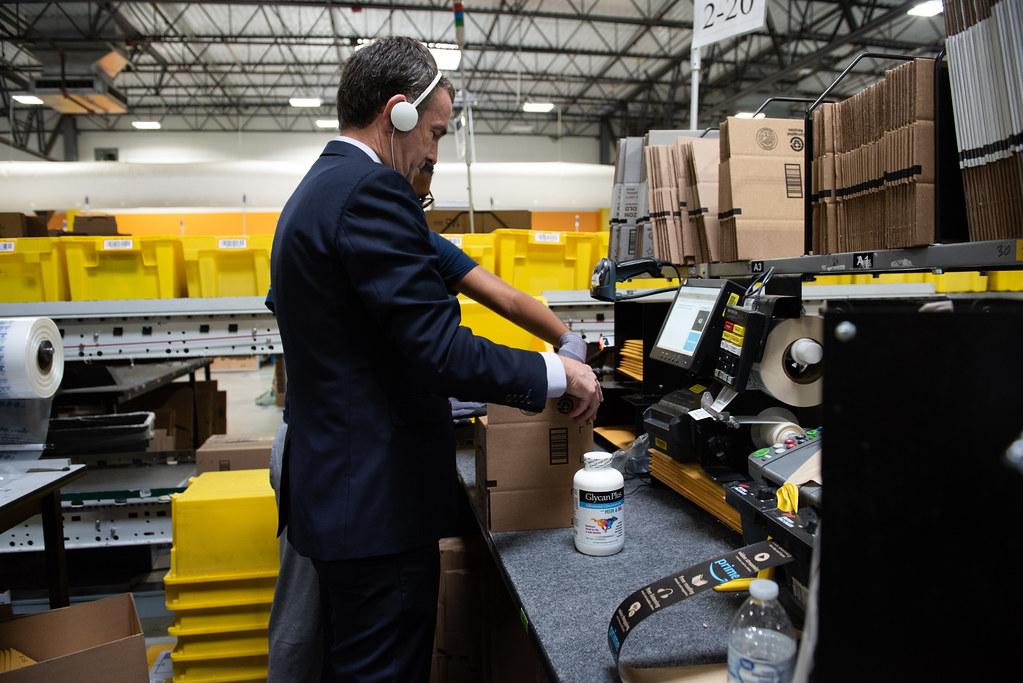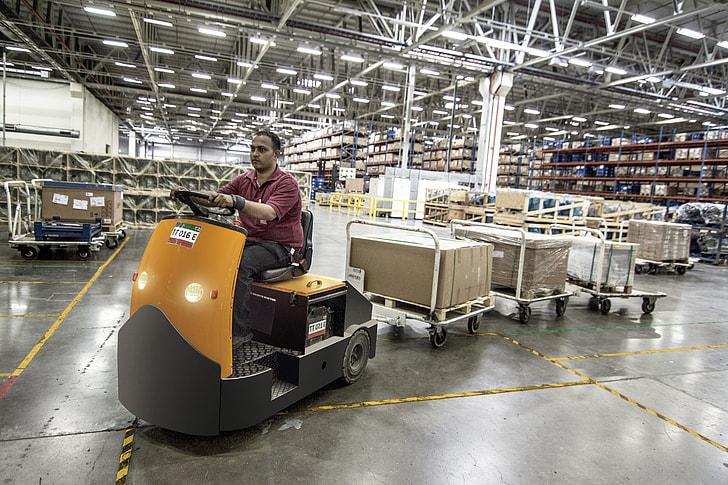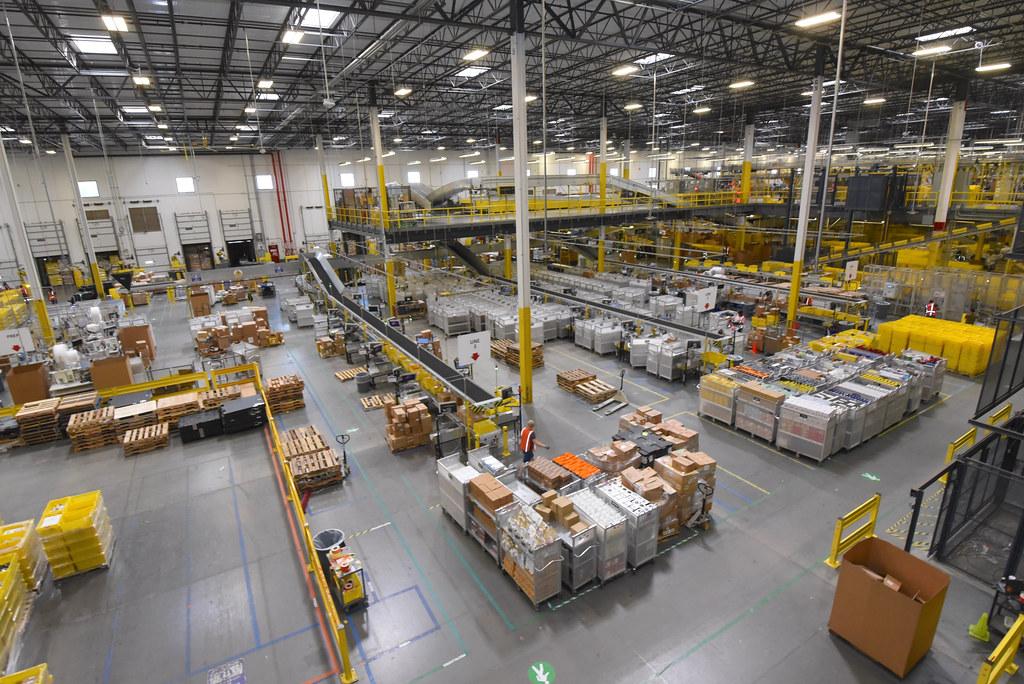Despite Amazon raising wages for its warehouse workers to $15 an hour, a new research survey says these workers struggle to obtain necessities like food and housing.
In this national study from the University of Illinois Chicago’s Center for Urban Economic Development, US Amazon employees shared information about their economic well-being. The result is a devastating truth.
Amazon Workers Are Facing Food and Housing Insecurity

The study discovered that 53 percent of respondents are experiencing one or more forms of food insecurity in the last three months. 48 percent experienced one or more forms of housing insecurity.
Workers who got hurt on the job and took time off struggled to pay their bills because they did not receive any income during their recovery.
Amazon’s Not an Outlier

“It’s not necessarily that Amazon’s an outlier,” said Sanjay Pinto, who co-authored the study with Beth Gutelius. Still, “they’re certainly not taking the lead in creating family-sustaining jobs.”
These findings align with a 2023 report from the National Employment Law Project (NELP) that found warehouse workers at Amazon make 30 percent below a county’s monthly average.
The Average Pay

However, the wages for these workers are still shockingly low for the average income of a warehouse worker in the US.
Amazon Gets Away With Low Pay

Motherboard has previously reported on how Amazon has brought down wages in warehouses. “Amazon has gotten away with such low pay for incredibly grueling work by taking advantage of people’s economic vulnerability at this moment in the U.S.,” said Irene Tung, a senior researcher and policy analyst at the NELP.
Tung continues: “But with the vast resources that are at its disposal, Amazon could instead make a different choice, and decide to offer U.S. workers a lifeline out of precarity, insecurity, and this paycheck-to-paycheck existence.”
The Warehouse Worker At Amazon Earns Less

The report states that “the average for warehouse worker earnings in high-earnings Amazon warehouse counties is 18 percent lower than in non-Amazon high-earnings counties—or roughly $822 less a month in pay.”
Workers at Amazon warehouses located in the US are earning an average of 12 percent less than those in non-Amazon countries.
Is This an Isolated Problem?

“I think the most striking finding is the substantial difference between warehouse earnings in Amazon counties as compared to non-Amazon counties—and the 30 percent difference between warehouse worker earnings in Amazon counties and what the average earnings are in those counties,” Tung said.
Tung continues: “The picture that emerges from these data is that warehouse jobs are middle-income jobs or at least closer to middle-income jobs in most of the U.S., except in the counties where Amazon operates fulfillment centers,” the report stated.
Amazon Pushed Back Against the Study

Amazon spokesperson Steve Kelly called the researchers’ methodology “deeply flawed” in an emailed statement to Bloomberg.
“It’s a survey that ignores best practices for surveying, has limited verification safeguards to confirm respondents are Amazon employees and doesn’t prevent multiple responses from the same person,” he said.
The Benefits of Amazon Employees

Kelly states that the company has increased average pay to $20.50 an hour, and provides a range of benefits like health care, dental, 401(k), and pre-paid tuition.
However, these benefits do not outweigh Amazon’s criticism for its treatment of employees, especially those who work in the warehouses, packing and shipping thousands of boxes each day.
Other Challenges of Amazon Warehouse Workers

While 65 percent of employees say that they came to Amazon to earn more money than they were making at their previous employers, moving up that ladder to receive a raise is more difficult.
Only 13 percent of workers reported receiving a promotion during their time at the company, survey data showed.
An American Problem

“The story of Amazon is a sad story of the declining expectations of American workers of their employer,” said study co-author Gutelius, a longtime researcher of logistics and warehouse work.
Many authors from previous studies are asking for Amazon to be more transparent with workers’ pay, including a breakdown by race and gender.
The Numbers Behind the Study

The Ford Foundation, Oxfam America, and the pro-labor nonprofit National Employment Law Project funded the work.

